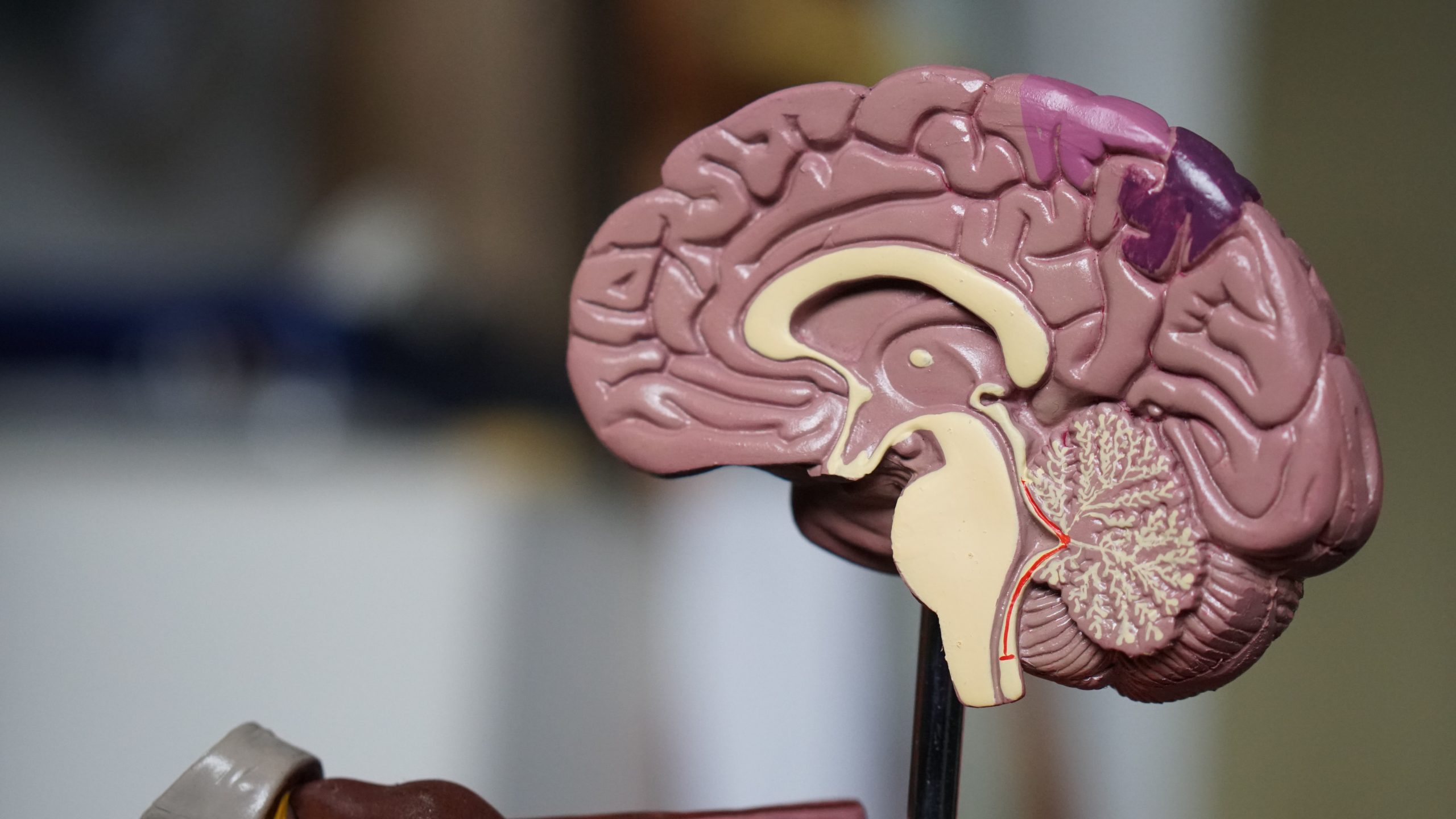
Lauren Dempsey, MS in Biomedicine and Law, RN, FISM News
[elfsight_social_share_buttons id=”1″]
Cardiff University researchers have identified 92 genes that are associated with an increased risk for Alzheimer’s disease. The team, which has been researching the progressive neurodegenerative disease since 2009, is hopeful that this will lead to better treatment over the next 20 years.
Professor Julie Williams, director at the Dementia Research Institute at Cardiff, told the BBC that “By 2040 I think we’ll be in the position to offer a range of treatment and we might not know exactly why, but one of them will be able to act on the huge range of causes.”
The study, which was published earlier this month in BRAIN, a journal that specializes in research on clinical neurology and translational neuroscience. The researchers measured specific biomarkers that were associated with Alzheimer’s disease in more than 1,400 patients and tested these markers against Alzheimer’s disease genetic risk, age at onset, and disease duration.
The team also conducted a genome-wide association study for association of disease risk genes with these biomarkers.
The researchers found that the biomarkers reflect different aspects of Alzheimer’s disease, some of which are due to aging and to the disease-specific features, while other markers are specifically related to disease progression. The study shows that using biomarkers could be a helpful tool during clinical assessment and prediction of the disease, however continued research is critical.
Williams explained that research is allowing experts to have a much better understanding of the disease, saying “we now know that defective genes change the way immune cells called microglia work. These are the bin lorries of the brain clearing away what they see as rubbish. They may be less efficient at clearing genuine rubbish and mistakenly kill off healthy brain cells, including synapses. Of course synapses are the connections between neurons, so if they get eliminated when they shouldn’t then you lose connections, you lose thought, you lose memories.”
She also said that how we look at Alzheimer’s disease needs change. It needs to be looked at like heart disease or stroke where there are multiple contributing factors and several therapies will help delay or prevent disease.
Last year, Williams and her team discovered 42 new genes associated with an increased risk of developing Alzheimer’s disease in a major international study. The findings, which were published in Nature Genetics, not only identified these additional genes, but also provided “exciting new targets for therapeutic intervention and advances our ability to develop algorithms to predict who will develop Alzheimer’s in later life,” according to Dr. Rebecca Sims, co-author of the study and Senior Research Fellow at Cardiff University.
Williams described the research as a culmination of 30 years of work, saying “Genetics has and will continue to help us identify specific disease mechanisms which we can target therapeutically. This piece of work is a major leap forward in our mission to understand Alzheimer’s, and ultimately produce several treatments needed to delay or prevent the disease.”
Current treatment for Alzheimer’s disease is focused on symptom management, behavior management, and preserving cognitive ability as long as possible, there is no cure.
The Alzheimer’s Association estimates that there are approximately 6 million people in the United States living with Alzheimer’s disease and by 2050 that number could be nearly 13 million.
Age is the most common risk factor and about one-third of people over the age of 85 may have Alzheimer’s disease. Other common risk factors are genetics, heart health, and lifestyle. During the COVID-19 pandemic and lockdowns, deaths from Alzheimer’s increased by 16%, killing more than breast and prostate cancer combined. The disease costs the United States an estimated minimum of $321 billion each year.
